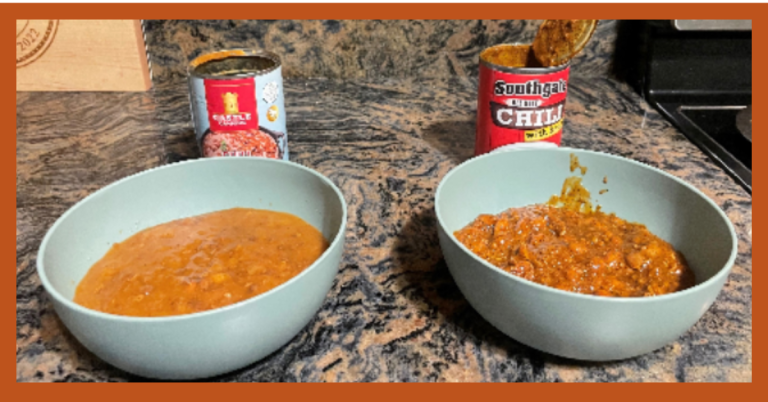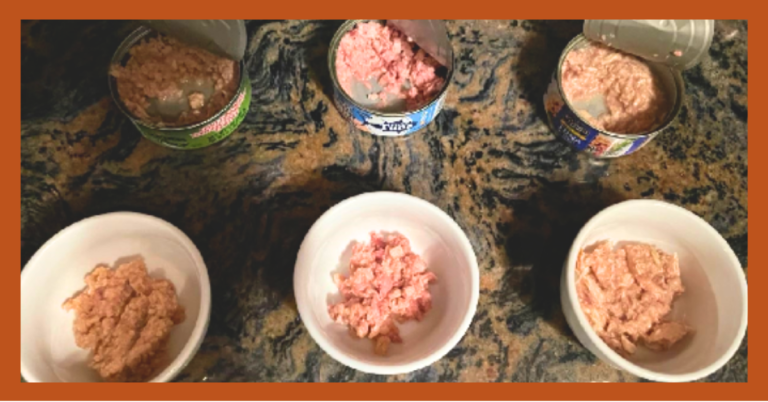Beyond Price: How VAFS Reduces Risk and Protects Dignity Through Rigorous Quality Assurance for Food Banks and Hunger Relief Organizations

Table of Contents
Marietta still remembers the phone call. Two truckloads of holiday stuffing that looked more like Shake and Bake breadcrumbs than the cubed stuffing families expected for their Thanksgiving tables. With $44,000 tied up in product that didn’t meet their food bank standards and no resolution from the vendor, she faced what she calls “my nightmare fail as a buyer.”
“I was so ashamed,” Marietta recalls. “We talk about giving people joy during the holidays, but there’s also a certain amount of dignity we want people to have when receiving food. I don’t want it to look like stuff that fell on the floor in a manufacturing facility and got scooped up.”
Today, Marietta serves as Northeast Sales Representative at Value Added Food Sales, bringing three years of experience as Food Purchasing and Donation Coordinator at Central Pennsylvania Food Bank, where she successfully managed millions of dollars in food procurement. Before taking on that role, she was a regular volunteer working alongside the team in charge of receiving the food at her local food pantry.
That painful lesson from her buying days taught her something valuable that she now shares with food bank buyers facing similar challenges.”Every buyer faces this risk at some point. I learned my lesson quickly that not all vendors have the same expectations as I do. I also knew that I needed to choose from a variety of vendors when market factors, such as price or availability, affected my normal buying choices. I started asking for samples and proof from my peers.”
“Now that I sit on the other side of the table, I know from firsthand experience how hard their jobs can be and how hard it can be to get that proof,” Marietta explains. “That’s why I love that our team scours the supply chain for the best and most affordable selections, tastes the food we add to our catalog, and offers a variety of choices so buyers can make the best decisions for their specific needs.”
Her story illustrates a challenge in food bank procurement. Each purchasing decision is a constant tension between price and quality, where a few cents saved per item can result in thousands of dollars lost and, more importantly, compromise the dignity of those served.
The Hidden Risks Food Bank Buyers Face Daily
Food bank procurement professionals navigate complex decisions beyond simple price comparisons. Every purchasing decision carries multiple layers of risk:
Quality Risk: Will this product meet the standards our community deserves? Will it preserve dignity while addressing hunger?
Financial Risk: With limited budgets and donor accountability, every dollar spent poorly is a dollar that can’t serve families in need.
Reputation Risk: Poor-quality products reflect poorly on the food bank’s stewardship and can damage relationships with both donors and recipients.
Operational Risk: Products that fail to meet expectations generate additional work, ranging from handling complaints to finding alternative uses for unsuitable items.
We know from over 30 years in the hunger-relief business that many buyers will default to a decision that has lower risk than a bigger upside. Buyers who have had an experience like Marietta’s often see the risks more than the opportunities. Quality risk can outweigh a couple of cents of savings on an item. Value-Added Food Sales strives to make these decisions easier with fewer trade-offs for our customers, and that starts with choice and quality assurance.
Why Industry Experience Matters in Quality Assurance
We are always scouring the supply chain for the best price, but we also promise to maintain a quality level in our products that ensures food banks that they are serving food items that are competitive with retail in taste and healthiness, and preserve dignity for those who are food insecure.
At Value Added Food Sales, our vendor procurement team strives to provide multiple choices for items and categories within our catalog. The choices give food bank buyers different options, including ingredients, packaging, country of origin, cost, and quality. But the choices for quality must still meet our quality thresholds.
Value-Added Food Sales’ approach to quality assurance is rooted in a unique industry perspective. Our team includes professionals who have worked across every corner of the hunger relief ecosystem, from food banks to manufacturers to transportation. This comprehensive experience gives us deep insights into the real challenges buyers face and the risks associated with their roles.
Sourcing and curating from the vast food manufacturer ecosystem, and selecting the right balance of quality/price, was already deeply ingrained in our founding DNA. Our founder and current owner’s father transitioned from managing $190 million in private label programs for Spartan stores to helping Michigan food banks. VAFS was built on the understanding that food banks needed more than just low prices – they needed quality assurance, vendor assessment, logistics, and procurement expertise.
Our Multi-Tiered Quality Assurance Process
Internal Tasting Standards
We don’t sell anything we wouldn’t eat ourselves or serve to our own families. Our internal tastings include our team members and their families, evaluating products on multiple criteria:
- Taste: Does it meet or exceed the quality of retail equivalents?
- Color and Appearance: Does it match the expected presentation that food bank clients will expect?
- Consistency: For items like chicken noodle soup, how much actual chicken is included?
- Texture: Does the product deliver the expected eating experience?
- Drain Weight: How much actual product remains after fluids are removed?
We taste items exactly as instructed on the packaging, without additional seasonings or culinary enhancements. Not every recipient will have access to salt, hot sauce, or other flavor enhancers due to cost or health restrictions; therefore, products must meet our standards prepared as-is.
Over the years, we have tasted the vast majority of our catalog and developed long-term relationships with vendors who meet our standards. However, we are always sourcing new options or better pricing.
The market can also shift unexpectedly at times. Sometimes a manufacturer leaves the market or stops producing a specific item, as happened with one of our tuna vendors in the last couple of years. When that happens, we cast a wide net and then narrow it down to a handful of final options. From those final contenders, we request samples from the manufacturer. We taste those in comparison to our current or previous gold standard items and/or a retail brand equivalent.
Strategic Product Categories for Testing
We focus our most rigorous testing on items with the highest quality variability:
- Ready-to-eat items
- Proteins and entrees
- Imported products
- Items with significant price variations in the market
Beyond Tasting: Comprehensive Risk Reduction Services
Sample Programs
We provide samples of any product in our catalog to customers who wish to test items before making a purchase. We also serve as a conduit between customers and manufacturers, providing samples that are sourced directly from suppliers.
While most food banks view our tasting and cutting services as a valuable step-saver and a solution to situations like Marietta’s, some have policies requiring in-house sampling of all products before purchase – and we fully support this approach.
Food Bank Manufacturer Testing Opportunities
When manufacturers launch campaigns for specific products, we connect them with volunteer food banks from our sales network who agree to participate in product testing. This creates valuable feedback loops that benefit the entire industry.
Nutritional and Compliance Support
Value-Added Food Sales provides transparent and comprehensive nutritional and ingredient data within our customer ordering portal. Making this data readily available on every item allows buyers to work directly with food bank nutritionists to ensure that items meet their program specifications and grant requirements.
The Dignity Factor
As Marietta felt so acutely from her stuffing disaster, the food distributed through food banks often represents someone’s holiday meal, birthday celebration on top of their daily sustenance.
Quality matters because dignity matters.
When food bank buyers work with Value-Added Food Sales, they’re partnering with a team that understands the weight of their decisions and takes active steps to reduce the risks inherent in their challenging role.
In an industry where “good enough” might seem acceptable given the circumstances, we believe the people served by food banks deserve better. They deserve food that preserves dignity, provides joy, and meets the same standards we’d want for our own families.
Because when you’re serving communities facing food insecurity, quality isn’t a luxury – it’s a responsibility.
Every food bank faces these challenges in a unique way. To see how our quality standards work in practice — from sample tastings to vendor advocacy — please reach out to our team. We’ll share real examples and help you evaluate what’s right for your community.

Real-World Examples of Our Standards in Action
Tuna Quality: Tuna is one of the most variable products in terms of quality, particularly when including imported varieties. We’ve tasted multiple options to establish both standard-grade and value-grade options that we can stand behind. Some tuna products we’ve encountered are closer to the consistency and appearance of cat food sold in the United States than grocery store-quality tuna in the US. We also take into account customer feedback and requests. For instance, we had a large number of food banks specifically request tuna options with no soy filler.
Single-Cup Macaroni and Cheese: When one of our vendors, Enterprise CP, debuted a new single-cup ready-to-eat mac and cheese, our taster and his family sampled it alongside the popular Kraft single-cup mac and cheese. In the blind tasting, his entire family enthusiastically preferred the new option. We were excited to add the Enterprise CP option for food banks with specialized needs, such as backpack programs.

